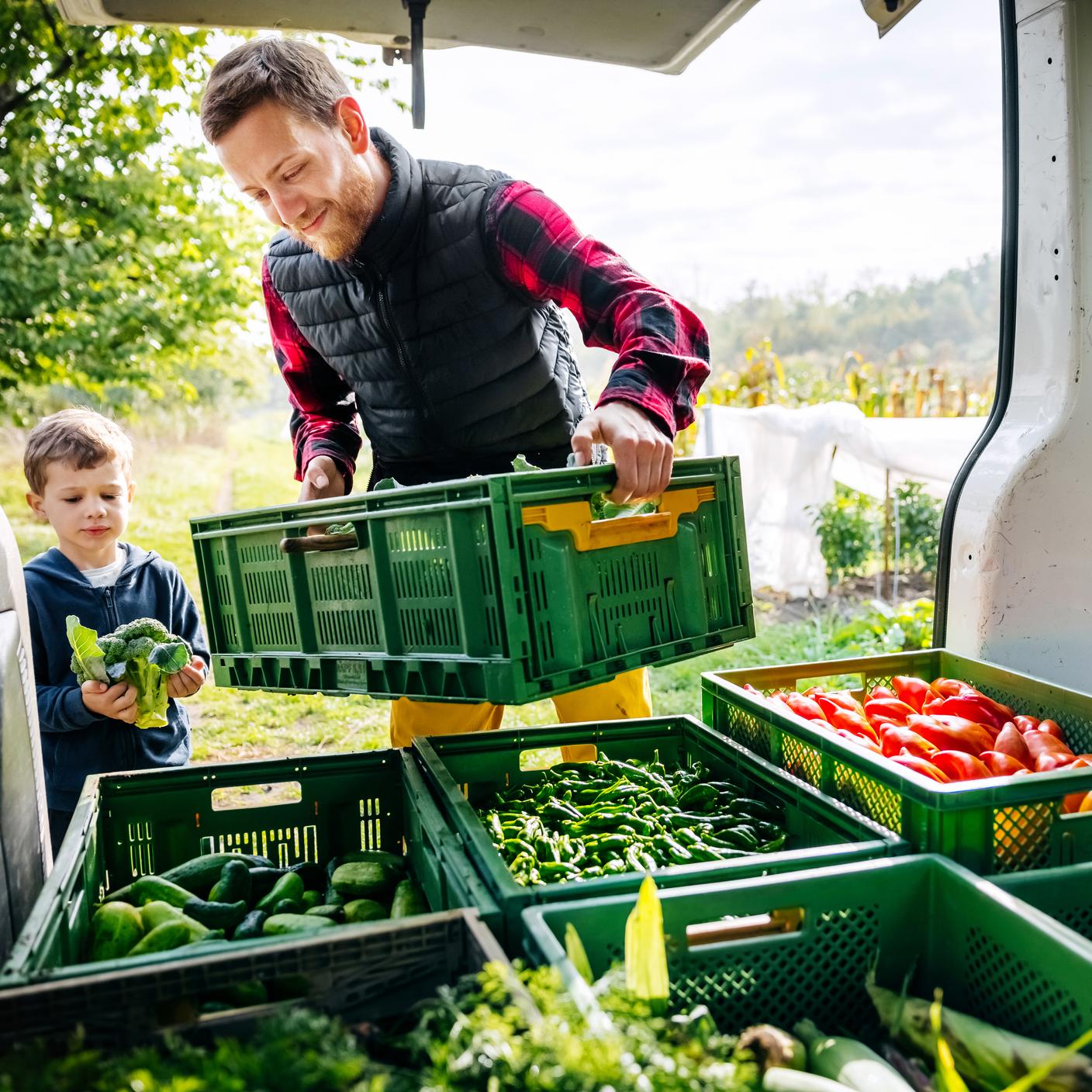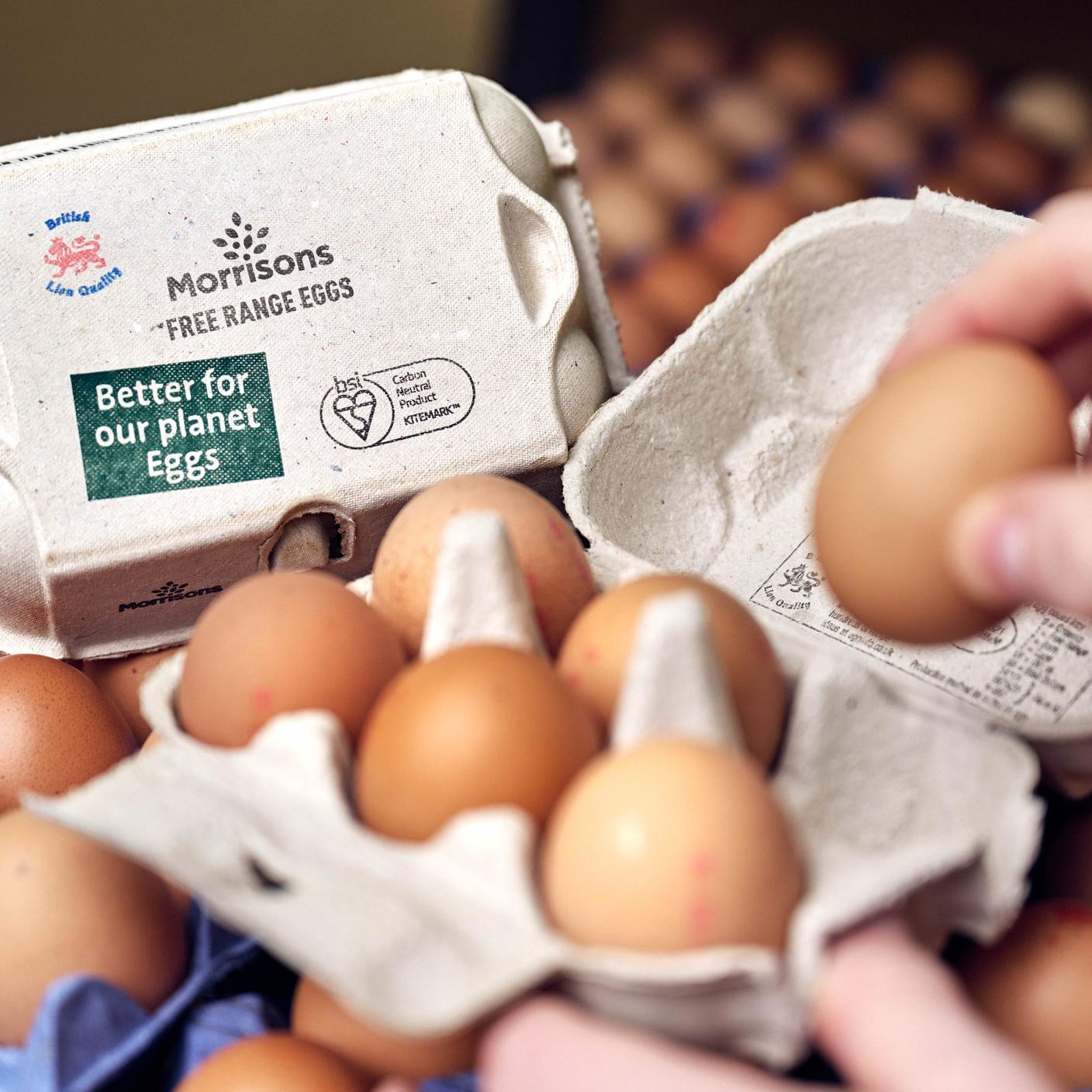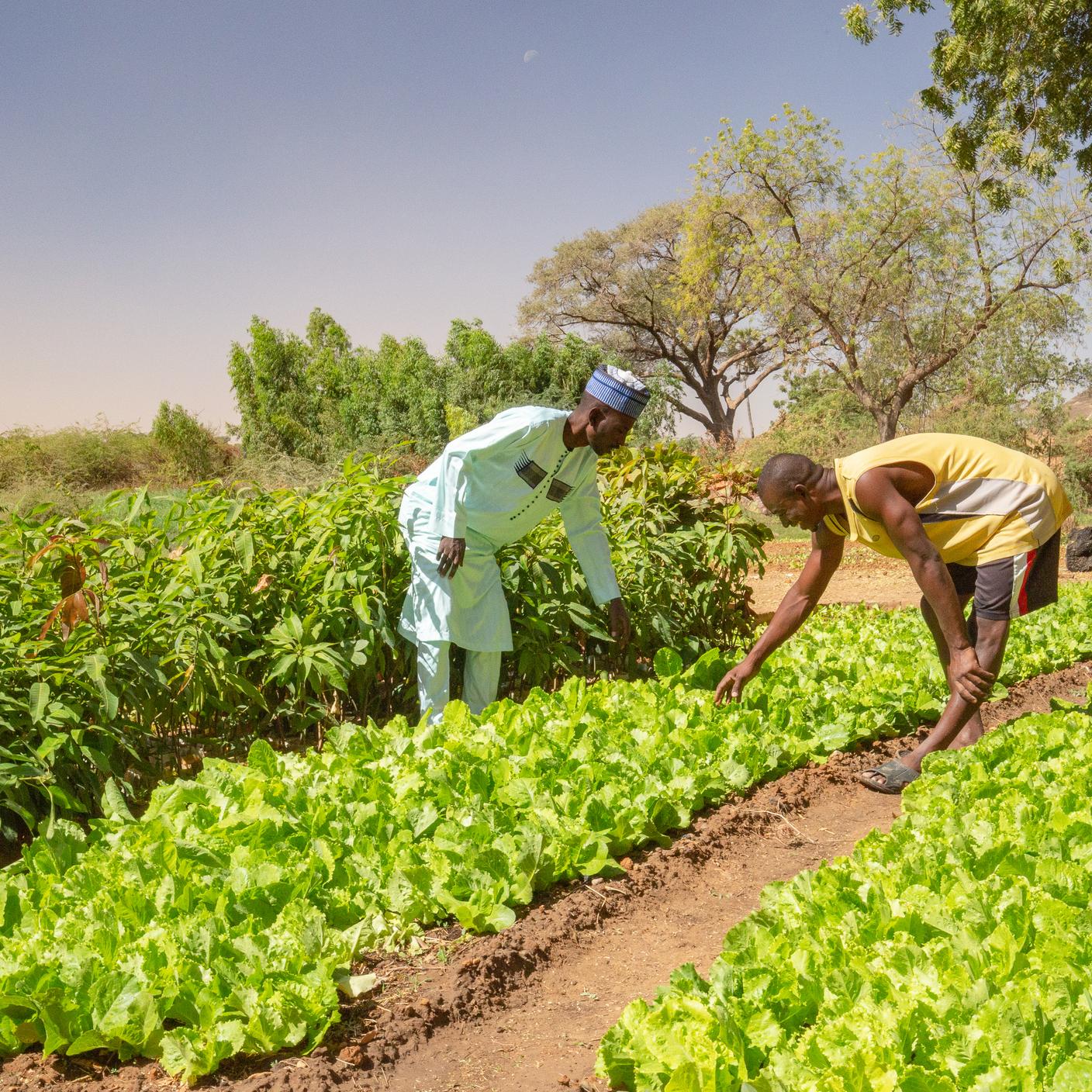When trends, opportunities, and threats can be identified in advance and are planned for, you can take a proactive approach to addressing them. This is where horizon scanning can help.
In food and retail sectors, horizon scanning activities collect information about trends in food production, as well as incidents that are predicted to have an impact on food production or the possibility of food fraud. Climate change is one such example: this could reduce the availability of certain ingredients, driving up prices and increasing the risk of fraud.
Types of horizon scanning
But what exactly does a horizon scanning process look like? The UN's Food and Agriculture Organization sets out the three different types of horizon scanning:
• Manual scanning
Possibly the most commonly used form, manual scanning involves looking through and examining a range of sources relating to a certain issue. This approach works best with a consistent structure and frequency in place and can track and identify drivers and trends over any given time period.
Seeking expert validation alongside this can create more robust and workable results than manual scanning alone.
• Best-worst scanning
Usually applied to health technology, best-worst scanning creates a priority list of key technologies for funding support. The priority order is informed by gathering expert opinions on pre-identified criteria.
While best-worst scanning provides a great amount of expert-led knowledge and quantitative analysis, it can require a large time-commitment from those surveyed to get usable results.
• Expert consultation
Expert consultation methods can vary, but it generally consists of gathering opinions from experts – in person, online or via questionnaires – to identify the trends and drivers relating to a specific topic.
Most often, this consultation is used to prioritize emerging issues that are highlighted by the experts.
Looking back to go forwards
Effective horizon scanning does not just rely on future forecasting. Looking back over your organization's history can also play a vital part in effective trend tracking. Examining logs, past trends, and previous research can all be useful in predicting future developments.
By looking both forwards and backwards, organizations have an opportunity to identify emerging challenges and act first, creating operational policies to avoid or mitigate them.
Early identification, evaluation and prioritization in the decision-making process can help organizations effectively respond to regularly changing food safety requirements. Having proactive risk mitigation plans in place can help organizations to manage issues before they happen. Horizon scanning can help them to be prepared for whatever comes.








